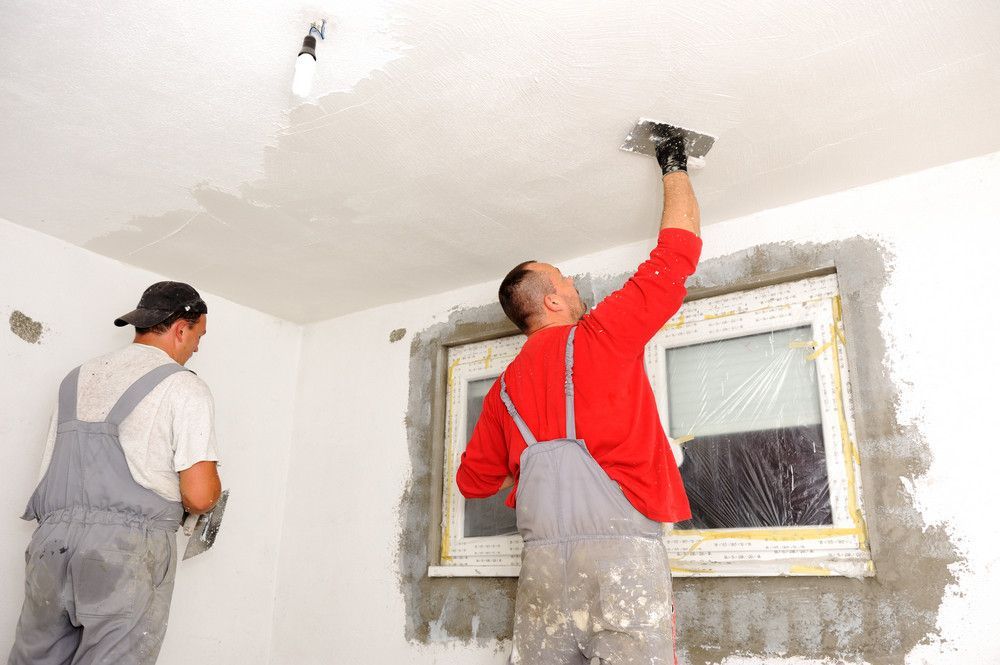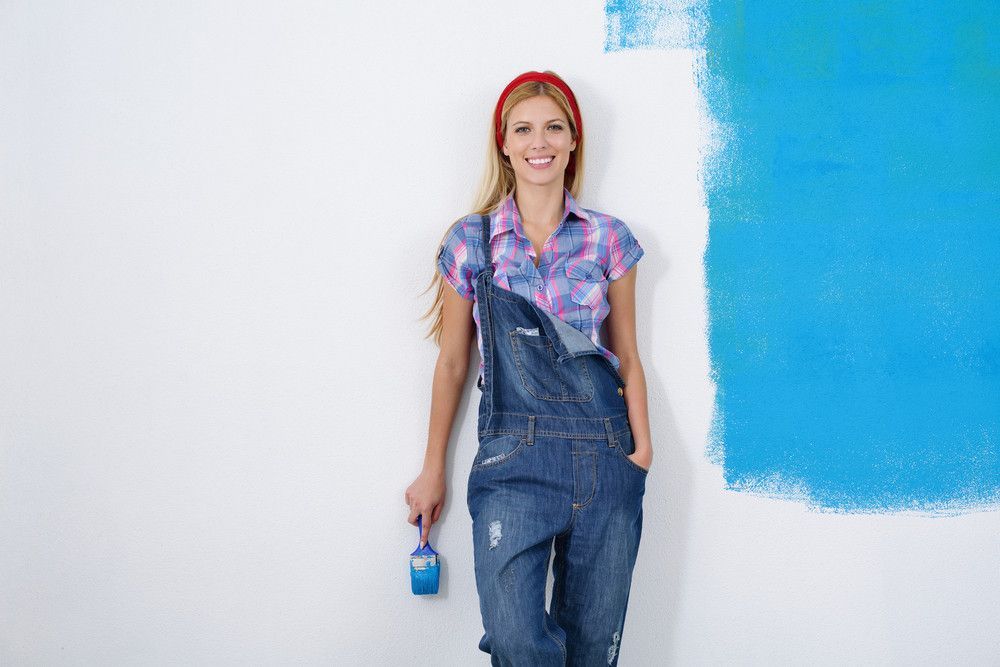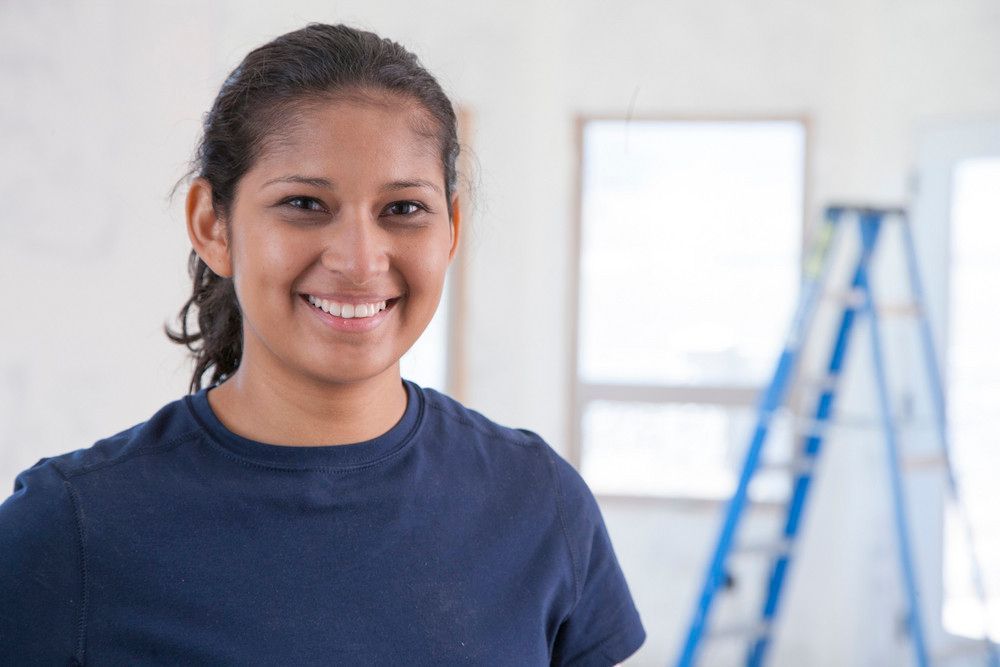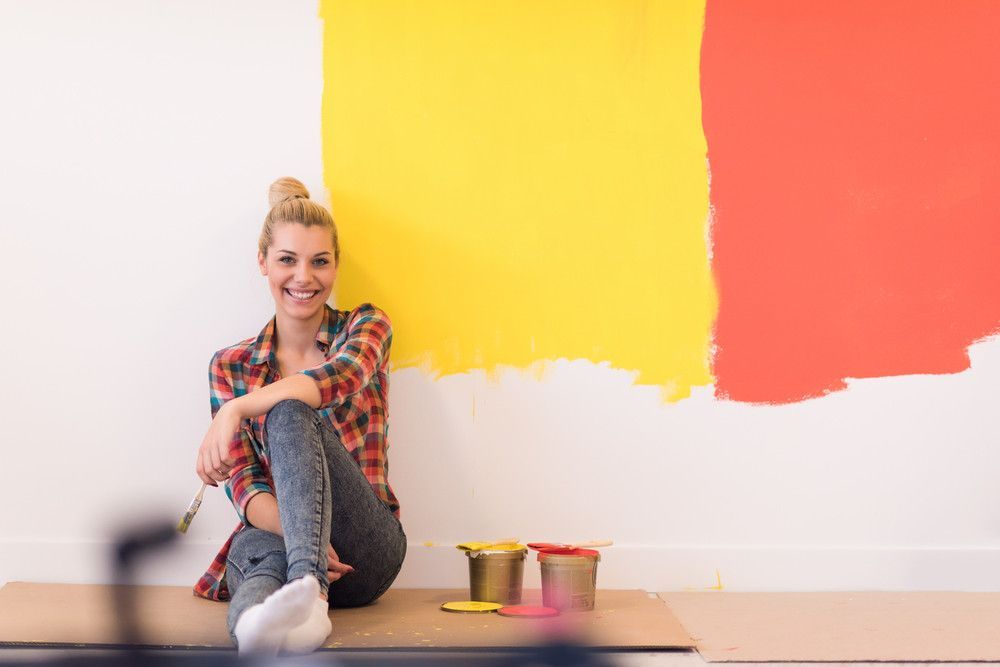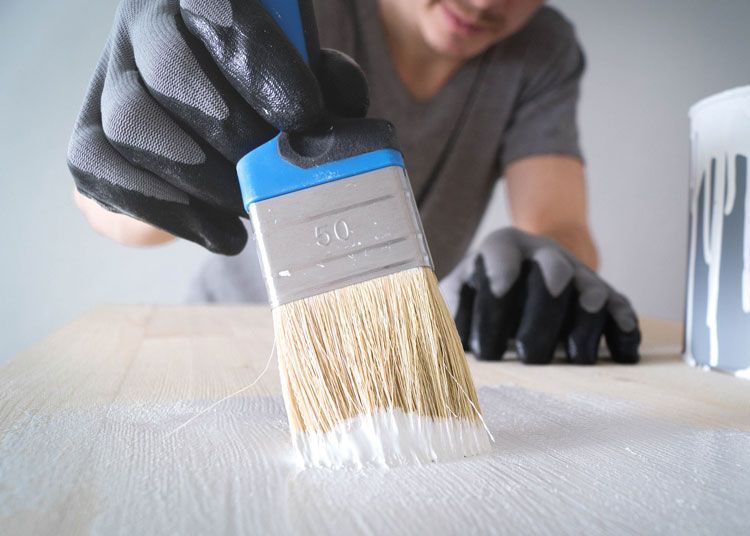History of Dry Wall Installation: Advancements in the Last 100 Years
History of Dry Wall Installation: Advancements in the Last 100 Years
The history of drywall installation is a compelling journey that reflects the broader developments in building technology over the past century. Initially invented as a simple and efficient alternative to traditional plaster, drywall has undergone numerous advancements that have transformed the construction industry. Today, drywall is a staple in residential and commercial building projects around the world, lauded for its cost-effectiveness, versatility, and ease of installation. This post explores the key innovations and trends that have defined dry wall installation over the past 100 years.
Rise in Popularity
Drywall, also known as gypsum board, was introduced over a century ago as a revolutionary solution to slow and arduous plastering processes. According to The Atlantic, it was invented over 100 years ago and quickly gained favor due to its practicality and affordability. Its swift rise in popularity during the mid-20th century was driven by an urgent need for rapid housing development post-World War II, leading to widespread adoption in the United States and beyond. The transition from traditional lath and plaster to drywall marked a pivotal shift, reducing labor and time significantly in constructing interior walls.
Material and Technology Advancements
One of the most significant advancements in dry wall installation has been in the materials and technologies used. Modern drywall incorporates additives for increased strength and resistance, such as fiberglass for enhanced fire resistance and mold-resistant options for improved durability in moisture-prone areas. Additionally, the development of new tools and equipment, like automatic taping tools and dust-reducing sanders, has made the installation process cleaner and more efficient. These innovations have greatly improved safety standards, reduced waste, and increased the speed of installation in various construction environments.
Sustainability Practices
Furthermore, the evolution of dry wall installation has been marked by a growing emphasis on sustainability. Improved manufacturing processes now focus on reducing the environmental impact, utilizing recycled materials, and minimizing waste through precise engineering and cutting techniques. Contractors today are more conscious of sustainability practices, often opting for drywall products that adhere to strict environmental standards. This aligns with a broader trend in construction towards eco-friendly solutions and reflects a commitment to building responsibly.
Dry wall installation has evolved remarkably since its invention over 100 years ago. The progression from simple gypsum boards to advanced, multi-functional building materials demonstrates an impressive trajectory of innovation. Today, drywall continues to play a crucial role in modern construction, with advancements in technology and sustainability paving the way for future developments. As we look to the future, drywall remains a key player in creating safer, more efficient, and environmentally responsible building practices across the globe. For more information, call Flores Drywall and Paint today!
Share:
Search:
Recent Posts

